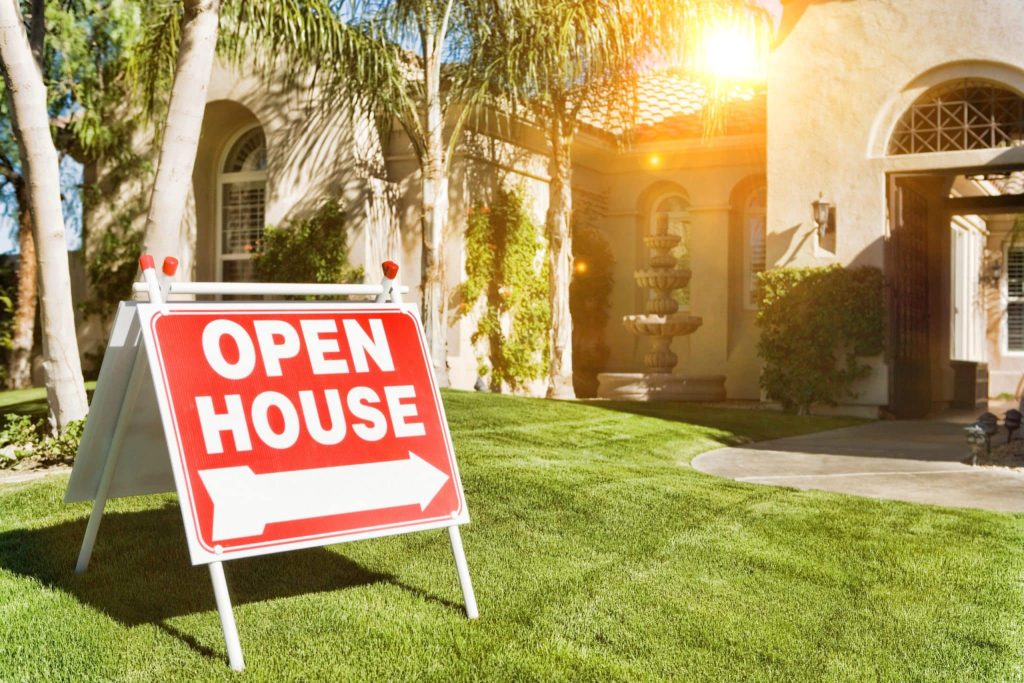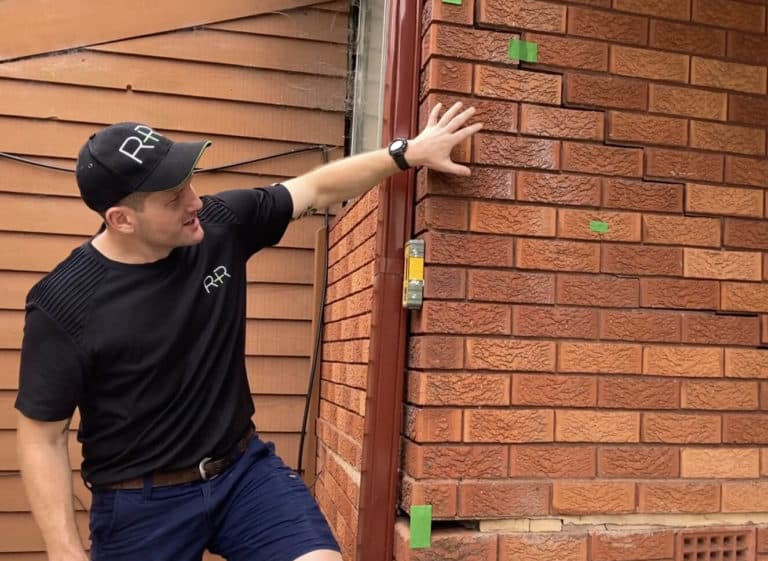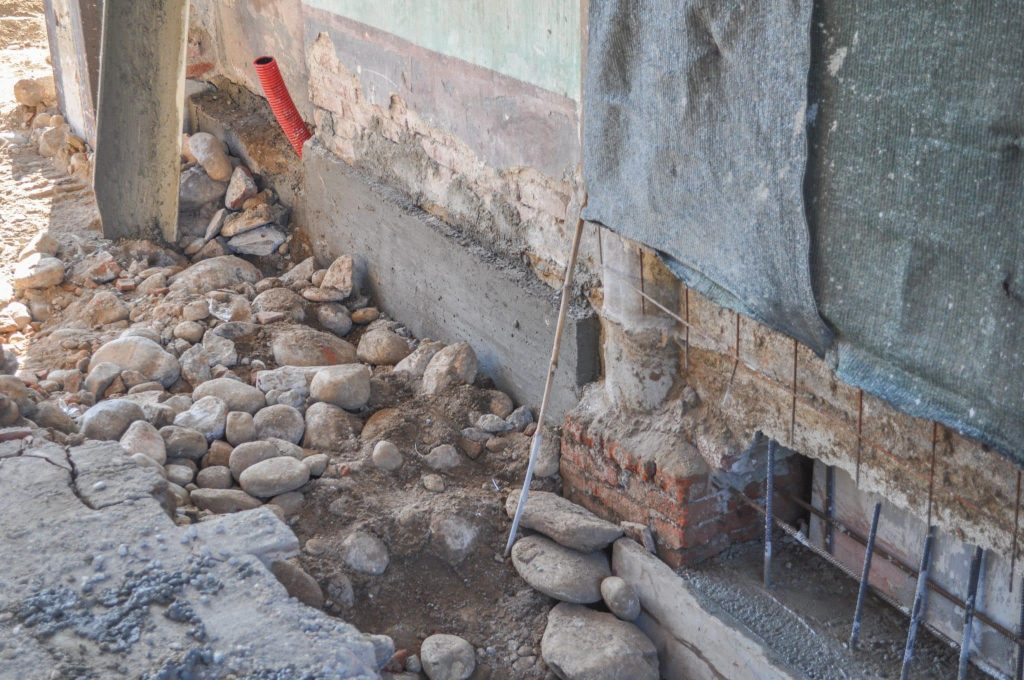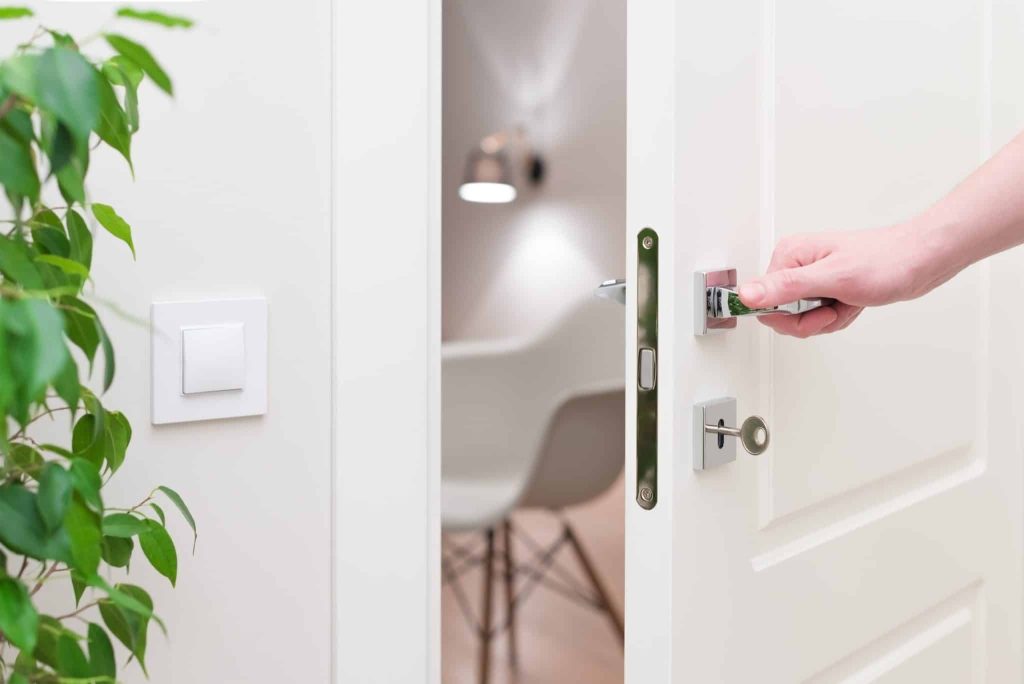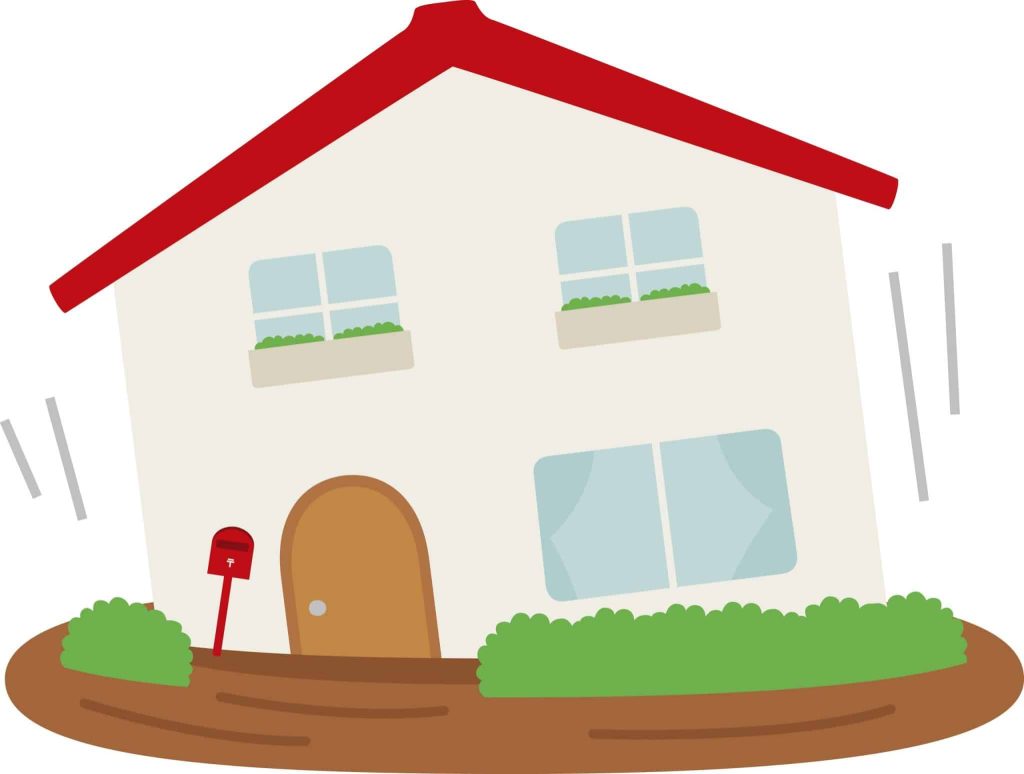The subsidence of a house can be a shocking revelation if you’re a homeowner trying to sell or are looking at purchasing a home. Buyers usually want to avoid purchasing a home with structural issues, which means that subsidence can make the sales process unnecessarily challenging.
Want to know what subsidence is and how you can successfully deal with it? Read on…
What is subsidence?
Subsidence refers to the downward movement under the ground on which your house is built. Land subsidence often leads to the sinking of the house and even collapse in more severe cases. Changes in the water table, underground water leaks, tree roots expanding under the house, reactive soil and washed away soil cause ground movement, which may – in turn – lead to a sinking house. Your house might be beginning to sink if you see new and growing cracks on the walls and or notice windows or doors getting jammed without any reason.
How to deal with house subsidence
Once it’s confirmed that you have a case of subsidence, what’s next? First of all, you have to decide whether to repair the house subsidence. If you’re considering selling your house, you may need to keep the following points in mind before putting it up for sale.
Transparency: be transparent with the potential buyers. If your buyer is interested in the piece of land and not the house, it may not be an issue. However, it’s important that you confirm a potential buyer’s needs and are upfront with any structural issues that need addressing. In some cases, buyers may want a contract outlining the kind of repairs they would like to see before buying the house.
Insurance availability: will your insurance company pay for the repairs of the subsiding house? How much will they cover? Checking your policy as subsidence can be covered in instances where it has been caused by damaged hydraulic services. Get the answers from your insurer and work out the budget before you start with the repairs. Give your insurance company a quote on the repairs based on an inspection report and check how much will be covered. If the insurance provider is not ready to cover the expenses – either in part or full – speak with a specialist contractor in raising and releveling subsidence in order to arrive at the most effective solution at the lowest possible cost.
Engage a real estate agent: consult a real estate agent to get the best market price for your home. Be sure to disclose any issues with your home upfront, and ensure they are on hand to help you get the best possible price for your house.

